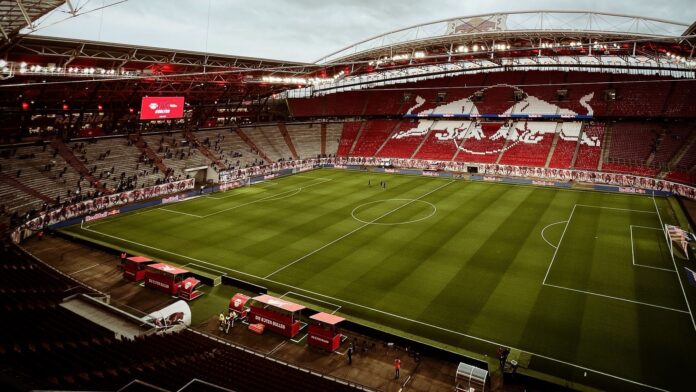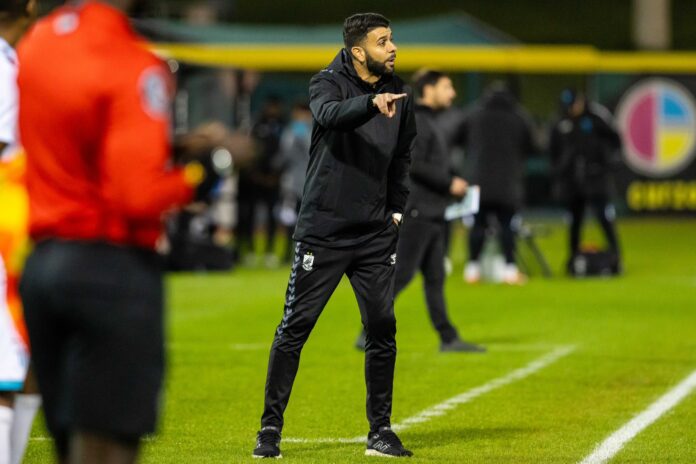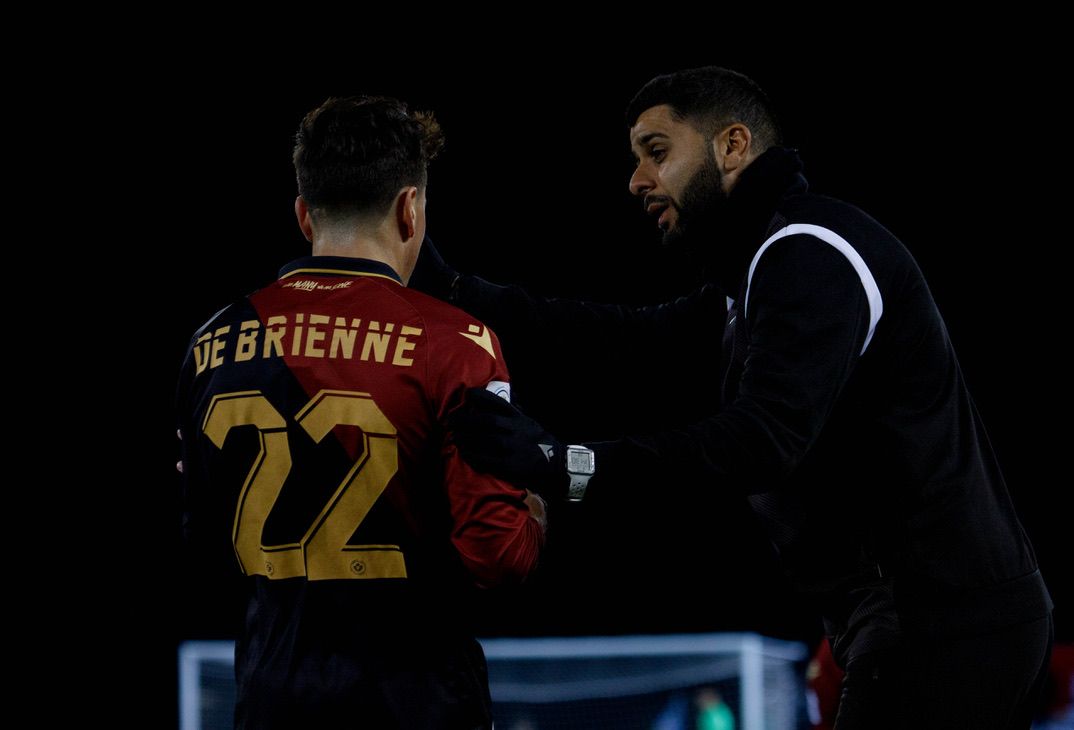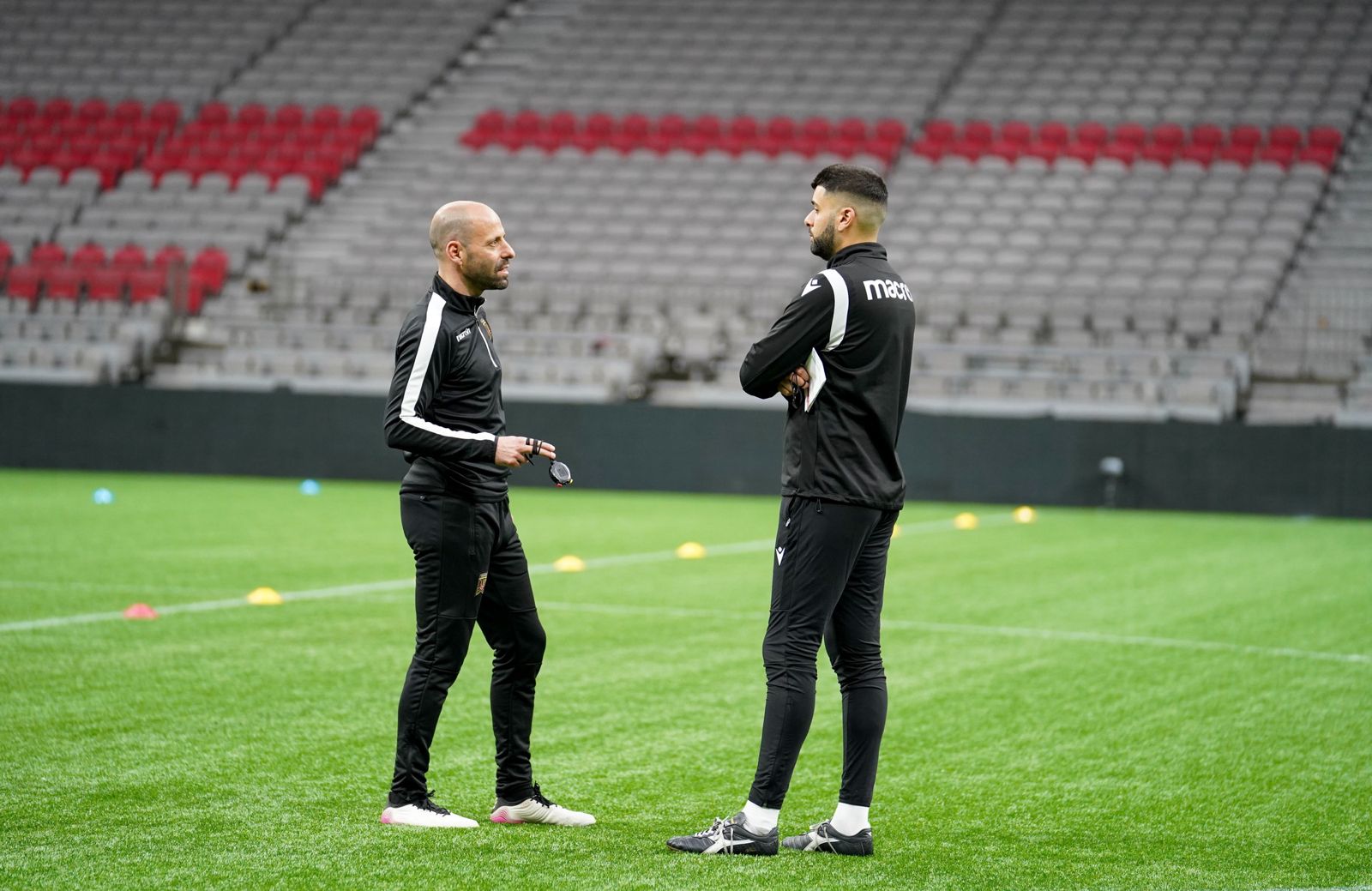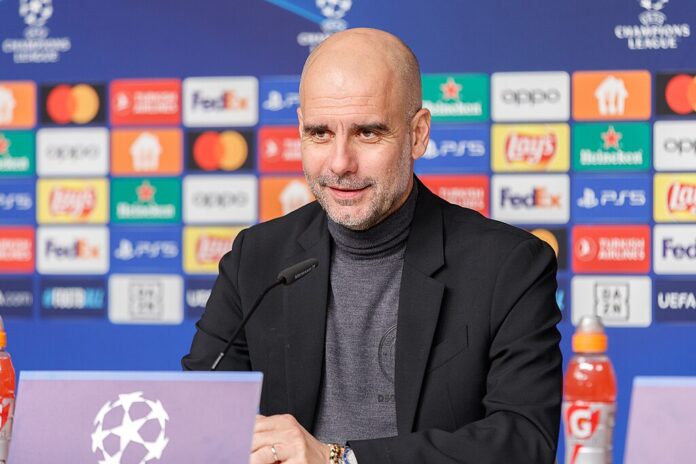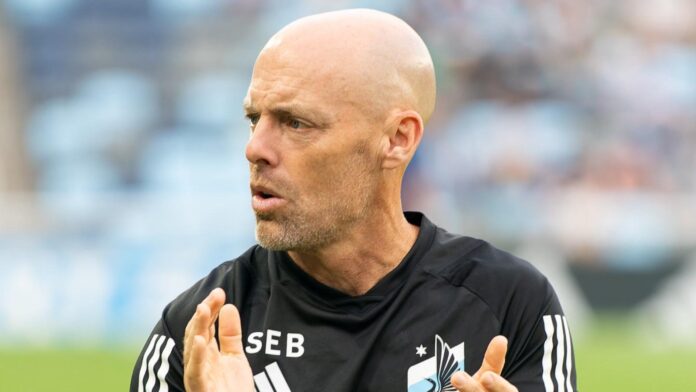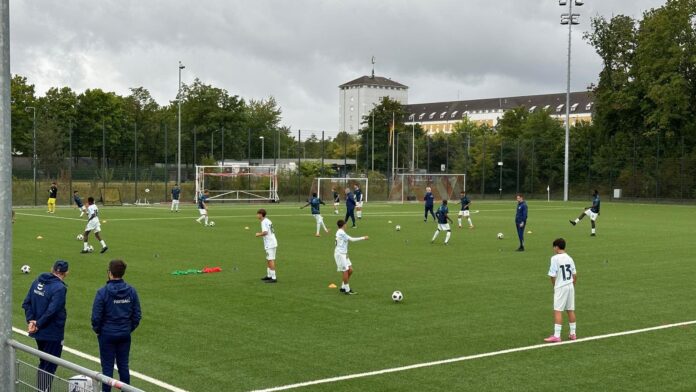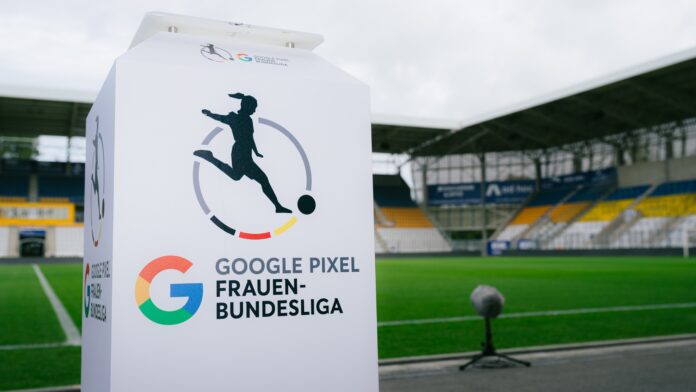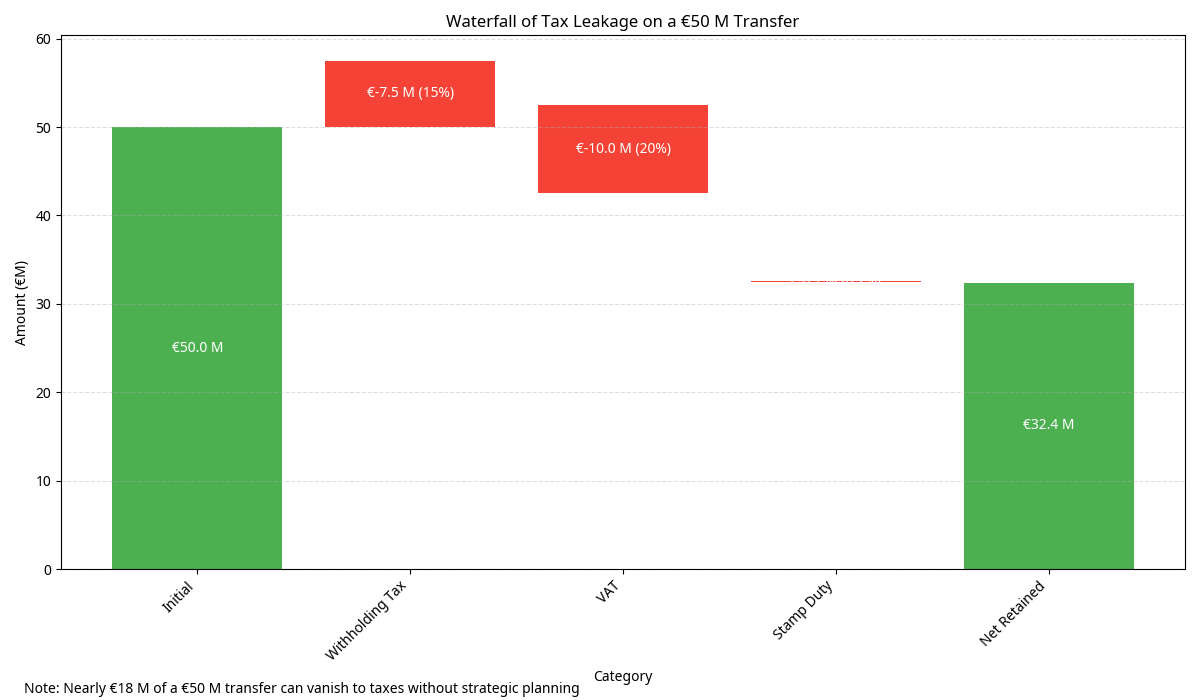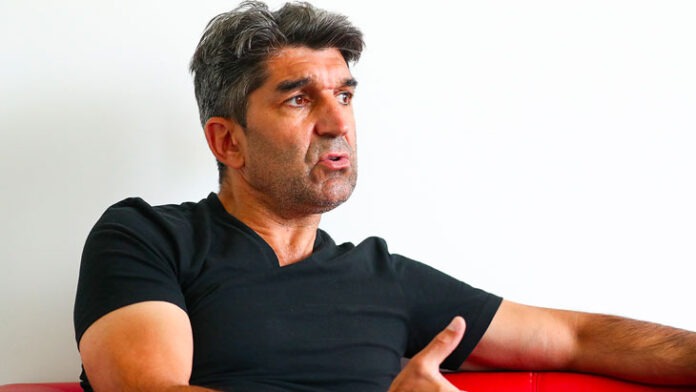Este artículo es la tercera parte de la serie “Capital privado en el fútbol: ¿Una revolución o una apuesta arriesgada?”, que analiza cómo el capital privado está transformando el panorama futbolístico, inyectando capital y redefiniendo la propiedad de los clubes con un potencial tanto transformador como arriesgado. En la primera parte, exploramos cómo la inestabilidad financiera y el contexto pospandemia abrieron la puerta a nuevos tipos de propietarios. En la segunda, estudiamos cómo estos fondos consideran los clubes como activos dentro de una cartera de inversión más amplia, la lógica detrás de los modelos multiclub y sus implicaciones en la gobernanza y sostenibilidad. En esta tercera parte, analizamos si los modelos de propiedad multiclub (MCO) generan beneficios financieros sostenibles o si, por el contrario, representan riesgos a largo plazo para los clubes y sus partes interesadas.
Cuando una firma de capital privado adquiere un club, no compra solo un equipo, sino un activo que espera transformar, optimizar y vender con beneficios. Pero ¿es esta lógica compatible con la realidad financiera única del fútbol? La respuesta depende de cómo se mida el éxito: ¿en métricas financieras o en resultados deportivos?
La respuesta depende de cómo se mida el éxito: ¿en métricas financieras o en resultados deportivos?
Estrategias de inversión: de la reestructuración a la optimización
Los actores del capital privado suelen aplicar metodologías propias de las reestructuraciones corporativas. En el fútbol, esto se traduce en:
Reestructuración de deuda
Muchas adquisiciones implican absorber o reorganizar la deuda del club. Esto puede aliviar la presión financiera a corto plazo, pero a veces se financia la compra con nueva deuda (modelo LBO), aumentando el riesgo futuro.
Ejemplo: El Burnley FC fue adquirido por ALK Capital en diciembre de 2020 por aproximadamente 170 millones de libras, mediante una operación apalancada que transfirió alrededor de 60–65 millones de libras de deuda al propio club, garantizada con sus activos. Tras el descenso en mayo de 2022, la facturación del club se desplomó de 123,4 millones a 64,9 millones de libras, una caída de casi el 50 %, debido principalmente a la reducción a la mitad de los ingresos por retransmisiones televisivas (de 110 millones a 47,8 millones de libras).
Esta caída repentina puso en evidencia la fragilidad del modelo LBO, obligando al club a depender de los pagos de compensación y solidaridad, y demostró cómo un descenso puede desmantelar rápidamente un modelo financiero apalancado.
Control de costes y eficiencia
Los clubes propiedad de fondos de capital privado suelen aplicar límites salariales más estrictos, estructuras de gestión más ligeras y una toma de decisiones centralizada para reducir los costes operativos.
Ejemplo: El Toulouse FC, bajo la gestión de RedBird Capital, redujo drásticamente su masa salarial y el tamaño de su plantilla administrativa, centrando su estrategia en jóvenes talentos infravalorados. Esta política permitió al club ascender a la Ligue 1 y conquistar la Copa de Francia en 2023.
Inversión en infraestructuras
Las renovaciones de estadios, la construcción de nuevos centros de entrenamiento y el desarrollo de plataformas digitales no se consideran simples gastos, sino motores de valor a largo plazo para el crecimiento y la sostenibilidad del club.
Ejemplo: El AC Milan y el Inter, actualmente propiedad de las firmas de inversión estadounidenses RedBird y Oaktree respectivamente, consideraron financieramente inviable una renovación completa del estadio Giuseppe Meazza, más conocido como San Siro. En su lugar, ambos clubes están en conversaciones para adquirir conjuntamente el histórico recinto construido en 1926 y sus alrededores al ayuntamiento de Milán, como parte de un plan de reurbanización de 1.200 millones de euros que incluye un proyecto inmobiliario más amplio. Este nuevo desarrollo podría incrementar en cientos de millones la valoración de ambos clubes en los próximos años.
Reclutamiento inteligente
El scouting basado en datos y la compraventa estratégica de jugadores se convierten en una prioridad. El proceso de fichajes se percibe cada vez más como una palanca financiera, y no solo como una necesidad deportiva.
Ejemplo: Bajo la dirección de Gérard Lopez y con el respaldo financiero inicialmente vinculado a Elliott Management, el Lille OSC desarrolló un modelo de transferencias basado en la adquisición de talentos infravalorados y su posterior venta con plusvalía. El club vendió a Nicolas Pépé al Arsenal en 2019 por 80 millones de euros (una cifra récord para un jugador africano) tras haberlo fichado por solo 10 millones. En 2020, el Lille también negoció el traspaso de Victor Osimhen al Nápoles por aproximadamente 70 millones de euros.
Estas estrategias buscan crear un club más “invertible”, capaz de aumentar sus ingresos mientras mantiene estables los costes. Sin embargo, detrás de las hojas de cálculo se esconden métricas más sutiles e intangibles, como la cultura, la identidad o el vínculo con la afición, que a menudo son ignoradas.
Expectativas de retorno: creación de valor frente a visión deportiva
El capital privado no suele aspirar simplemente a alcanzar el punto de equilibrio; su objetivo son los múltiplos de rentabilidad. Un club adquirido por 100 millones puede tener como meta ser vendido por 500 millones en cinco a siete años. Esta lógica impulsa decisiones clave:
- Expansión comercial: Incrementar los ingresos mediante alianzas globales, merchandising, contenido digital y la expansión hacia mercados emergentes.
Ejemplo: CVC Capital Partners invirtió 2.100 millones de euros en los derechos audiovisuales de LaLiga a cambio de una participación del 8,2 % en una nueva entidad comercial con una duración de 50 años. El objetivo es ayudar a los clubes a modernizarse y aprovechar el crecimiento del consumo digital a nivel global.
- Apreciación del activo: Especialmente en los modelos multiclub, los jugadores se forman y transfieren entre equipos afiliados con el fin de maximizar la rentabilidad del talento.
Ejemplo: La red de Red Bull, que incluye clubes como Leipzig y Salzburg, permite el desarrollo de talentos y su movimiento entre diferentes mercados, optimizando así el ciclo de formación y valorización de los jugadores.
- Planificación de salida: Desde el primer día, la mayoría de las firmas de capital privado trabajan con una salida definida, ya sea mediante una reventa, una oferta pública inicial (IPO) o la integración en un conglomerado deportivo más amplio.
Ejemplo: La gestión a corto plazo de Elliott Management en el AC Milan es un ejemplo ilustrativo: la firma reestructuró el club en 2018 y lo vendió cuatro años después a RedBird por 1.200 millones de euros, duplicando su valoración inicial.
Sin embargo, estas tácticas pueden chocar con la imprevisibilidad del éxito deportivo. La creación de una academia o el mantenimiento del compromiso de los aficionados no encajan fácilmente en un modelo de retorno a cinco años.
Sin embargo, estas tácticas pueden chocar con la imprevisibilidad del éxito deportivo.
Factores de riesgo: ganancia financiera frente a cultura futbolística
El impacto financiero de la propiedad por parte de fondos de capital privado no es uniformemente positivo. Han surgido varios riesgos clave en numerosos clubes que reflejan los efectos colaterales de este modelo de gestión:
- Short-termism: The pressure to meet return targets may result in prioritizing quick wins, such as player flipping or budget cuts, over long-term sporting coherence.
Ejemplo: El Standard de Liège, bajo la gestión de 777 Partners, experimentó varios cambios de entrenador en solo dos temporadas, con rendimientos inestables y una creciente frustración entre los aficionados. En mayo de 2024, un tribunal belga autorizó la incautación de todos los activos de 777 Partners en Bélgica, incluidos las cuentas del club, la sociedad propietaria del estadio y sus acciones, tras una demanda del antiguo propietario Bruno Venanzi y de los accionistas del estadio por pagos impagados.
- Exceso de apalancamiento: Los clubes cargados con deuda derivada de su adquisición pueden enfrentarse a un riesgo existencial si los resultados deportivos no acompañan.
Ejemplo: La compra apalancada del Burnley FC es un ejemplo clásico de vulnerabilidad: el fracaso en lograr el ascenso podría haber tenido un impacto grave en su solvencia financiera.
- Disrupción en la gobernanza: Los fondos de capital privado suelen introducir cambios rápidos en los consejos de administración, y su control centralizado puede debilitar la gestión local y la toma de decisiones autónoma del club.
Ejemplo: El Hertha Berlín, otro club perteneciente al grupo 777 Partners, atravesó múltiples cambios de liderazgo entre 2021 y 2023, lo que contribuyó a su descenso de categoría y a una profunda inestabilidad interna.
- Beneficio por encima de la pasión: El descontento de los aficionados aumenta cuando los clubes se reducen a simples activos financieros. Las decisiones sobre la marca, los precios de las entradas o los acuerdos de patrocinio tomadas sin consultar a la comunidad local suelen provocar una reacción negativa y una pérdida de conexión emocional con la afición.
Ejemplo: Los aficionados del Everton protestaron enérgicamente en 2023 contra la adquisición propuesta por 777 Partners, alegando la falta de transparencia financiera de la firma y su historial problemático en otros clubes.
- Pérdida de valor intangible: Los clubes no son solo empresas, sino también portadores de memoria, identidad y orgullo regional. Este valor emocional suele ser invisible en las estrategias dirigidas por fondos de capital privado.
Ejemplo: Como se ha visto en los casos de Vasco da Gama o Génova, los aficionados se han opuesto firmemente a los cambios de propiedad que modificaron la identidad visual del club, su vínculo con la comunidad o sus tradiciones de afición.
Conclusión
Las mejoras financieras suelen presentarse mediante balances saneados y márgenes EBITDA en aumento. Sin embargo, no todas las ganancias son estructurales. Algunos clubes muestran un aparente “crecimiento” gracias a ventas de activos o recortes temporales, en lugar de una expansión sostenible de los ingresos. A menudo, estas cifras reflejan impulsos artificiales, como ventas de jugadores, reducciones de costes o inyecciones de capital puntuales.
Además, pocos propietarios de capital privado tienen en cuenta métricas intangibles como la confianza, la conexión cultural o el valor social de los clubes de fútbol. Estos elementos no aparecen en los informes anuales, pero su erosión es profundamente sentida por los aficionados. Son costes difíciles de cuantificar, pero probablemente más dañinos a largo plazo.
El capital privado puede aportar al fútbol la experiencia financiera y la modernización que tanto necesita, pero cuando la ingeniería financiera supera a los valores deportivos, los clubes corren el riesgo de convertirse en cáscaras corporativas vacías. El verdadero desafío no reside en si estas estrategias funcionan, sino en quién se beneficia realmente: ¿Los aficionados, el legado y el proyecto deportivo, o simplemente los balances de los accionistas?
Pero aunque la reestructuración financiera y el crecimiento comercial sean pilares esenciales en la transformación de un club, carecen de verdadero sentido sin resultados en el terreno de juego. En el próximo artículo, exploraremos si el manual estratégico del capital privado puede realmente traducirse en éxito deportivo, o si el fútbol sigue siendo, en última instancia, un juego resistente al control financiero.

